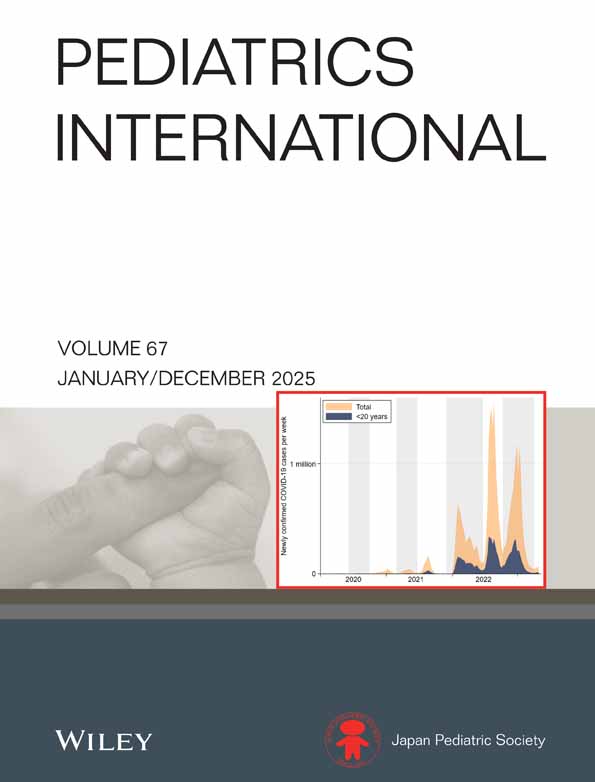Kinetics of palmitic acid transport in insulin-dependent diabetic pregnancies: In vitro study
Abstract
Abstract Backgound: The paucity of data relating to transport kinetics of free fatty acids (FFA) in pregnant diabetic women prompted the undertaking of the present study.
Methods : Transport kinetics of a model FFA, palmitic acid, have been investigated in Type I diabetic pregnancies, using in vitro perfusion of isolated placental lobules. National Cancer Tissue Culture medium diluted with Earle’s buffered salt solution was used as the perfusate and control placental lobules were perfused for comparison.
Results : In five Type I diabetic women, the palmitic acid transport fraction (TF) averaged 5.6~0.42% of injected maternal bolus dose, representing 11.8~2.1% that of tritiated water used as reference. In control perfusions (n=5), the palmitic acid TF represented 10.2~1.3% of tritiated water TF. Differential transport rates of palmitic acid for 10, 25, 50, 75 and 90% of efflux in fetal veins differed significantly from the corresponding values for tritiated water in both study and control series. However, palmitic acid transport rates for the various efflux fractions in the two series were not significantly different. For kinetic parameters, such as area under the curve, clearance, elimination constant, time for maximum response, absorption rate and elimination rate, the values for palmitic acid in the diabetic and control series also did not differ significantly.
Conclusion : Transport kinetics of palmitic acid in Type I human diabetic pregnancies in in vitro conditions do not differ significantly from those observed in normal pregnancies.




